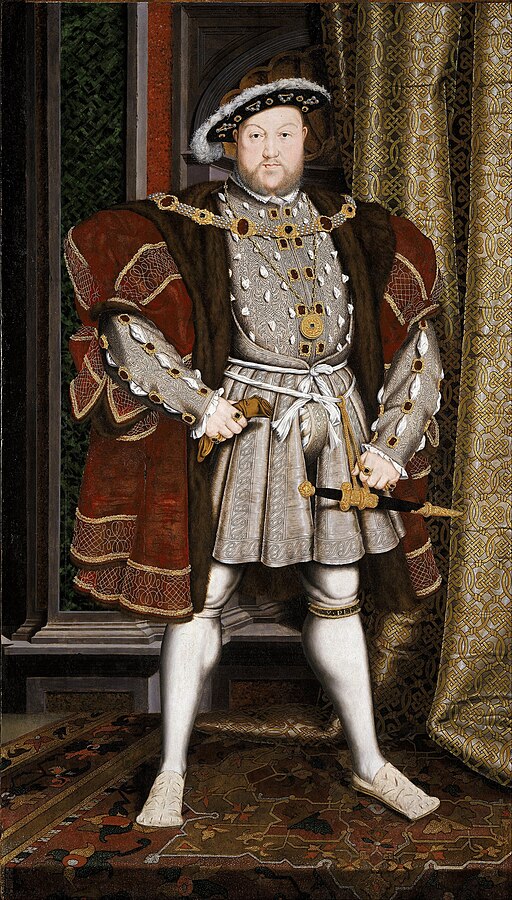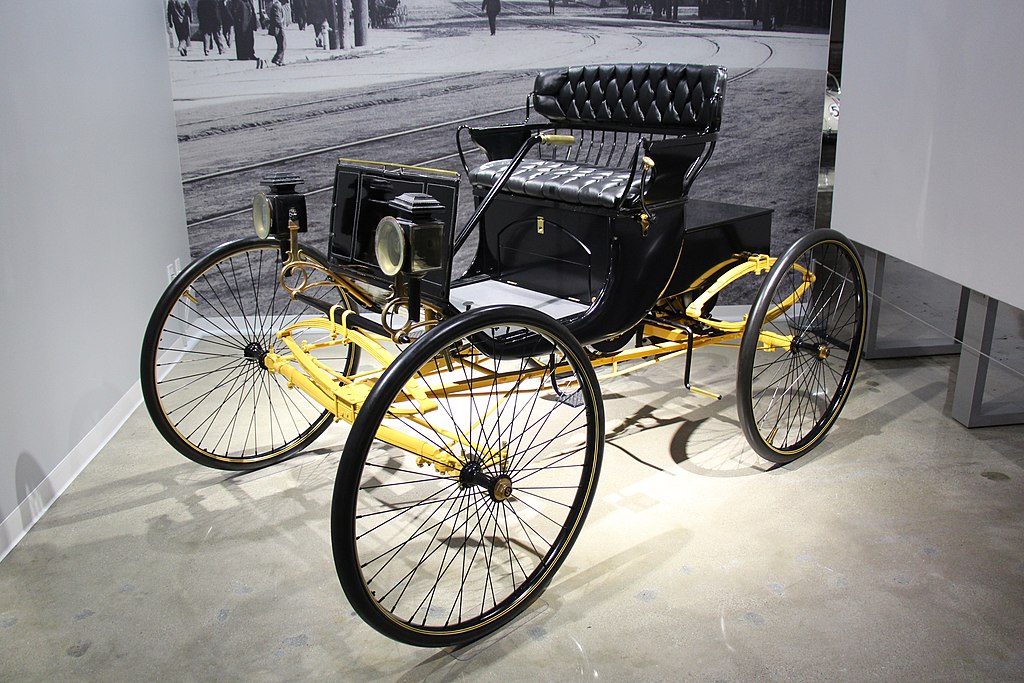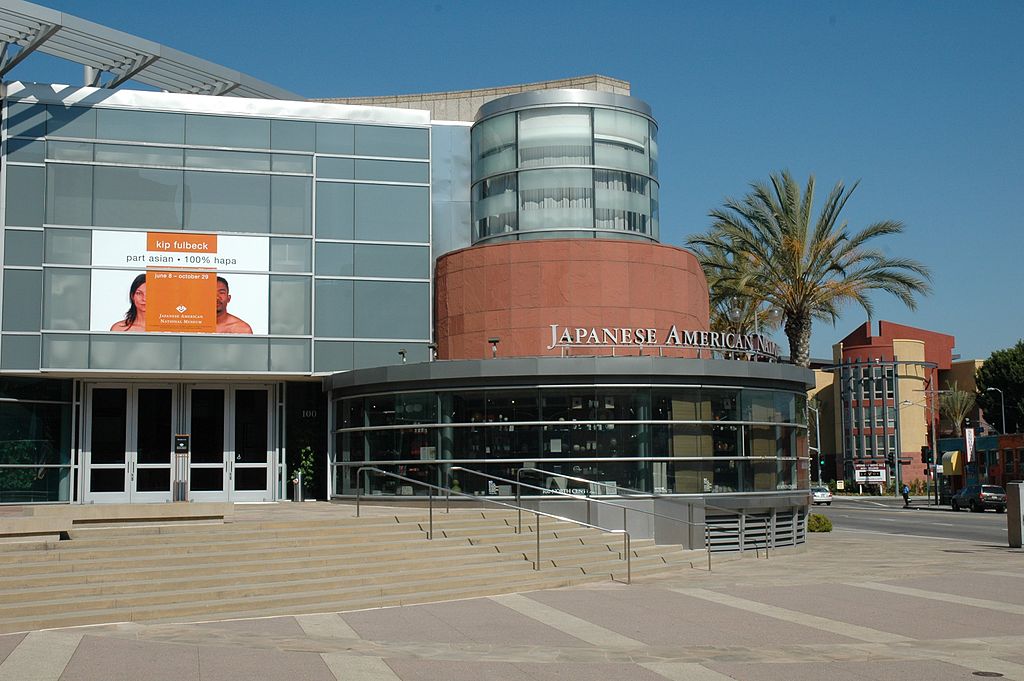
“Portrait of Henry VIII of England” by Hans Holbein the Younger depicts the famous Tudor king in luxurious style endowed with considerable psychological depth. It is one of the iconic images of Henry and is one of the most famous portraits of any British monarch.
Holbein uses the frontal pose and positions his hands to convey the sitter’s forceful personality and royal bearing.
Portraiture was the most popular genre in sixteenth-century England, and Holbein was one of the few available, talented artists following the schism between the Church of Rome and the Church of England.
Hans Holbein the Younger, originally from Germany, had been appointed the English King’s Painter in 1536.
This painting shows Henry as young and healthy when, in reality, he was in his forties and had been severely injured earlier that year in a jousting accident.
The wound festered chronically for the remainder of his life and became ulcerated, thus preventing him from maintaining the level of physical activity he had previously enjoyed.
He became grossly obese, and this hastened his early death. Many historians have dismissed the speculation that he suffered from syphilis.
Henry recognized the power of the images Holbein created and encouraged other artists to copy the painting and distributed the various versions around the realm, giving them as gifts to friends and ambassadors.
Nobles would commission their copies of Holbein’s painting to show their loyalty to Henry. The many copies made of Holbein’s portraits gave Holbein’s depictions a lasting effect on Henry’s public image.
This painting is the only surviving depiction of Henry by Holbein that is not a copy. It may also have been a preparatory study for the more significant full-length representation, which was lost in a palace fire.
In this smaller painting, Henry wears much the same clothing as the lost full-length mural by Holbein.

Copy of a lost full-length Portrait of Henry VIII by Hans Holbein the Younger – Walker Art Gallery, Liverpool
For many years this “Portrait of Henry VIII of England” by Hans Holbein the Younger, was owned by the Spencer family and housed at Althorp.
Financial problems forced the 7th Earl Spencer to sell much of the art collection, and Heinrich Thyssen purchased it. It now displayed at the Thyssen-Bornemisza Museum, Madrid, Spain.
Henry VIII
Henry VIII (1491 – 1547) was King of England from 1509 until his death. Henry is best known for his six marriages.
His disagreement with the Pope on questions such as an annulment led Henry to initiate the English Reformation, separating the Church of England from papal authority.
He appointed himself the Supreme Head of the Church of England and dissolved convents and monasteries.
Henry was an extravagant spender, using the proceeds from the dissolution of the monasteries and acts of the Reformation Parliament. He also converted the money that was formerly paid to Rome into royal revenue.
Despite the money from these sources, he was continually on the verge of financial ruin due to his extravagance, as well as his numerous costly unsuccessful wars.
Hans Holbein the Younger
Hans Holbein the Younger, worked in a Northern Renaissance style and is recognized as one of the greatest portraitists of the 16th century.
He also produced religious art, satire, and Reformation propaganda. He is called “the Younger” to distinguish him from his father, Hans Holbein the Elder, an accomplished painter of the Late Gothic school.
Holbein traveled to England in 1526 and was welcomed into the humanist circle of Thomas More, where he quickly built a high reputation. Later, he also worked under the patronage of Anne Boleyn and Thomas Cromwell.
By 1535, he was King’s Painter to King Henry VIII. His portraits of the royal family and nobles are a historical visual record of the court during the years when Henry was asserting his supremacy over the English church.
Holbein’s fame is based in no small degree for his portraits have become cultural icons.
He created the most memorable images of Henry VIII and Holbein’s portraits of other historical figures, such as Erasmus, Thomas More, and Thomas Cromwell. He made their pictures the official images for posterity.
The same is true for a range of English lords and ladies whose importance is often only known through his art. Holbein has been referred to as the cameraman of Tudor history.
In Germany, where he grew up and studied, Holbein is regarded as an artist of the Reformation and Humanism.
Hans Holbein died between in 1543 at the age of 45, the site of Holbein’s grave is unknown and may never have been marked.
Portrait of Henry VIII of England
- Title: Portrait of Henry VIII of England
- Artist: Hans Holbein the Younger
- Created: 1537
- Medium: oil on oak panel
- Dimensions: Height: 28 cm (11 in); Width: 20 cm (7.8 in)
- Museum: Thyssen-Bornemisza Museum
Hans Holbein the Younger
- Name: Hans Holbein the Younger
- Born: c. 1497 – Augsburg, Free imperial city, Holy Roman Empire
- Died: 1543 (aged 45) – London, England
- Nationality: German Swiss
- Movement: Northern Renaissance
- Notable work:
- Sir Thomas More
- Portrait of Henry VIII of England
- The Ambassadors
- Portrait of Thomas Cromwell
- Self-Portrait
- Portrait of Henry VIII of England
Hans Holbein, the Younger: ‘Portrait of Henry VIII of England’
Henry VIII Ageing
Henry VIII Portrait by Hans Holbein
How did Henry VIII show he was a powerful king?
Highlights of the Thyssen-Bornemisza Museum
- “Portrait of Giovanna Tornabuoni” by Domenico Ghirlandaio
- “Galathea” by Gustave Moreau
- “Portrait of Henry VIII of England” by Hans Holbein the Younger
~~~
“Two beheadings out of six wives is too many.”
– Henry VIII of England
~~~
Photo Credit 1) Hans Holbein [Public domain], via Wikimedia Commons
Top Posts & Pages








 Sponsor your Favorite Page
Sponsor your Favorite Page SEARCH Search for: Search Follow UsJoin – The JOM Membership Program
Become a Patron!
Sponsor a Masterpiece with YOUR NAME CHOICE for $5
Share this:
- Tweet
